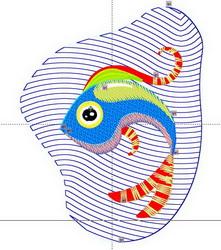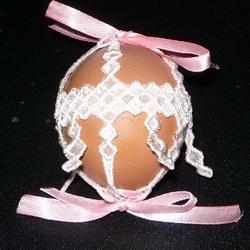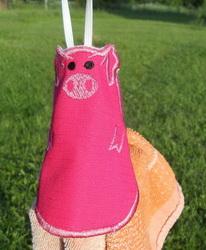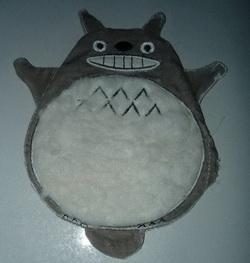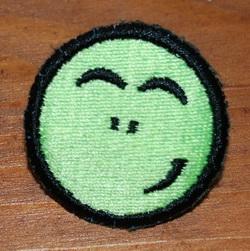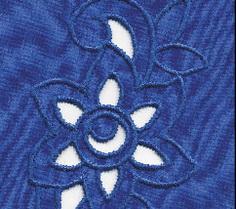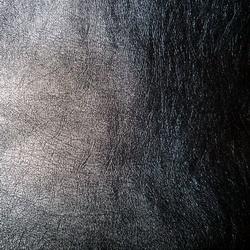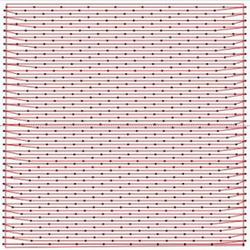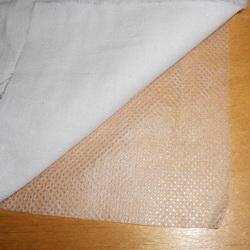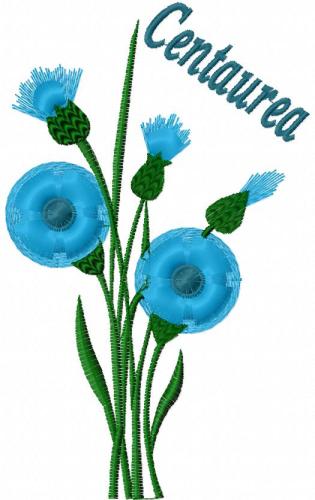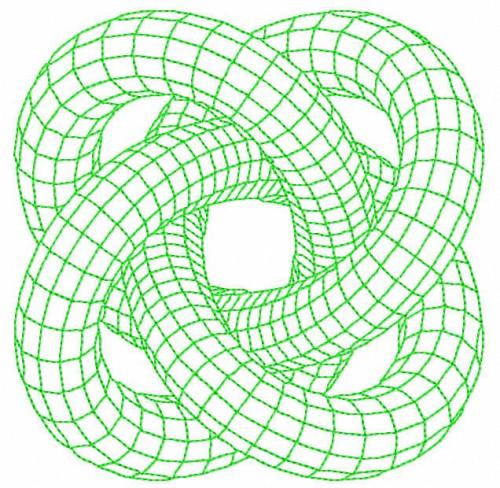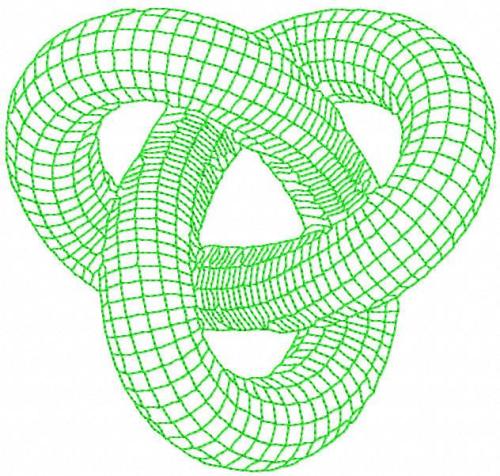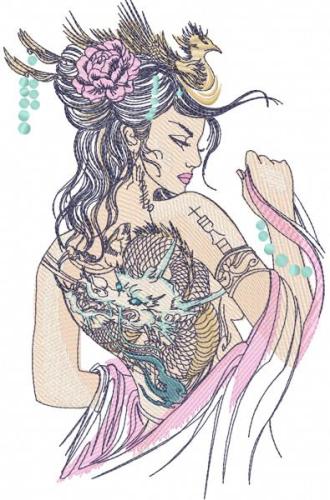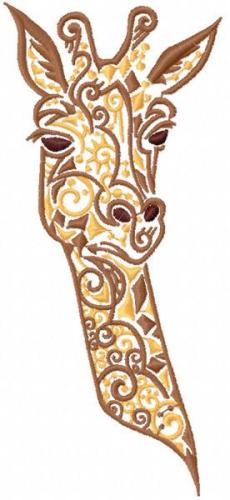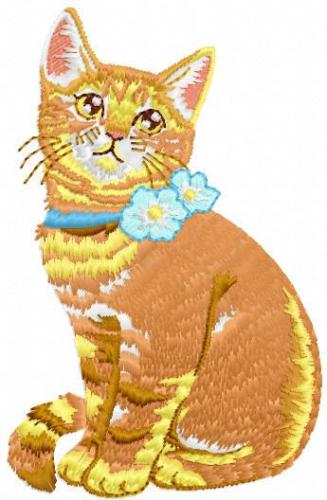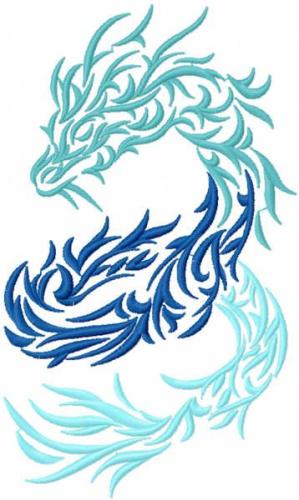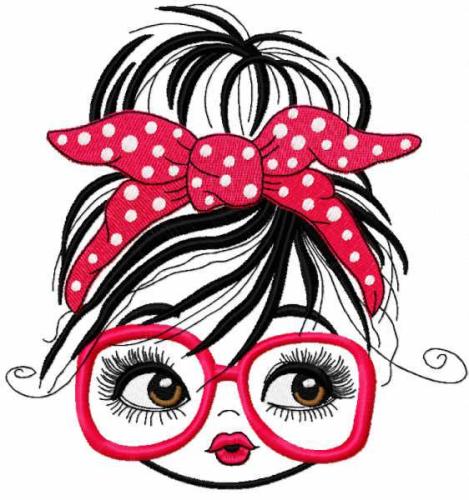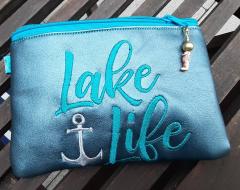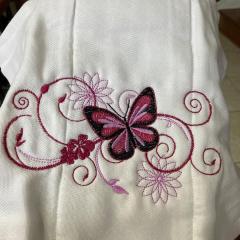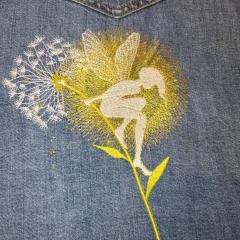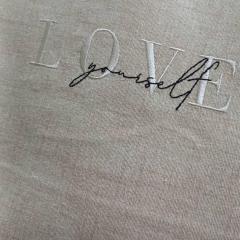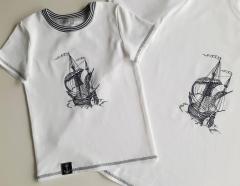Creating texture with thread cuttings
By
Irina, in Machine embroidery materials and technology, , 1 comment, 3,016 views
Once in the Stitch and Print magazine, I saw the photos depicting and interesting way of creating an unusual embroidery surface — thread cuttings are placed on the fabric and then covered with Tatami fill of a very low density, to hold them in place, and after than a design is embroidered over it. Now I've got to try it, at last. Unfortunately, there was no guide in the magazine. Therefore, I decided to reinvent the wheel on my own.
Here is what I got as the result:
This technique can be used for imitating water, sky or grass. You never know. Only I doubt that you can decorate clothes in such a way, for it is unlikely that this technique can endure repeated washing.
In order to create this fish I digitized the design: the blue stain behind the fish is where the thread cuttings were to be attached to the fabric:
The fill was nothing unusual — density value was 3 mm and stitch length was 3.5 mm.
Then I wound old threads on a piece of cardboard, thought it would be more convenient to use knitting threads, but I didn't have any in my cottage, therefore, a piece of cardboard would do. I used 2 colors because it seemed to me that it would be better that way:
Then I cut the threads on one side:
And got this beautiful tufty heap:
Then I started embroidery: I hooped the fabric and the stabilizer and loaded the design. The outline was embroidered first, showing me where to put the threads:
Now I could create my background. At first, I just laid the threads onto it:
But short after I began the embroidery, I understood that it wouldn't do: the foot shifted the threads, they pushed through the hole in it and got tangled. So it was downright pandemonium and not the embroidery:
So I had to spray the thread cuttings with the temporary spray adhesive and also put a water-soluble film on top; after that everything became much better:
Here it is with the fill securing the threads already embroidered:
Then I embroidered the rest of the design:
I solved the water-soluble film and ironed the ready item.
It is as easy as it looks. And what's most important, this method can be used with any design if you wish to do so. One last thing: you can use knitting threads instead of embroidery ones, or several threads of varying thickness, color, shine, and texture, then the resulting effect will look more interesting.
P.S. Only now a thought popped into my head: if you embroider fractal or stipple fill instead of Tatami and use multicolored threads, the effect will be even better.

